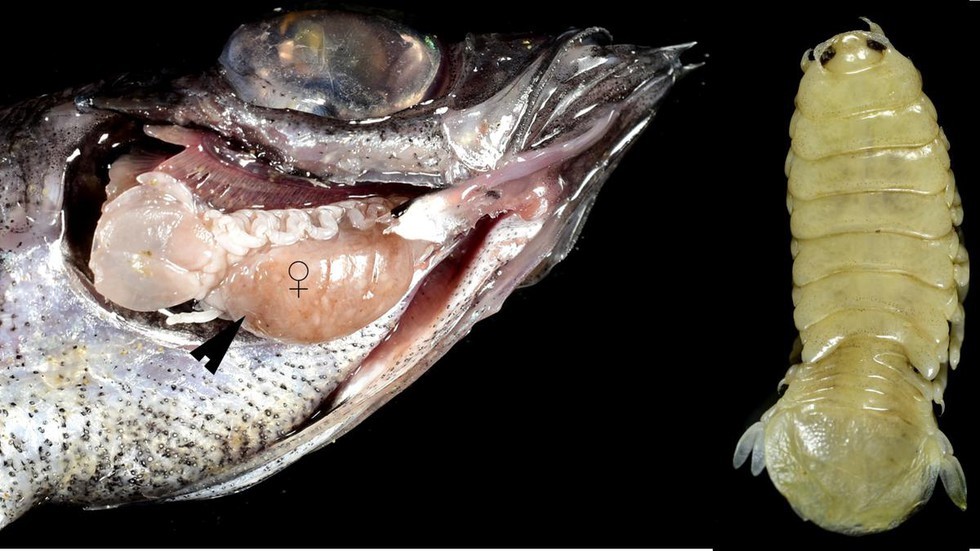
Brucethoa isro

22.03.2024
Brucethoa isro
|
For Prelims: About Brucethoa isro,What are Isopods?, Features |
Why in the news?
Researchers recently named a new species of deep-sea isopod discovered off the Kerala coast after the Indian Space Research Organization (ISRO).
About Brucethoa isro:
- It is a new species of deep-sea isopod discovered off the Kollam coast, Kerala. The tiny fish-parasitic crustacean, belonging to the genus Brucethoa, was recovered from the base of the gill cavity of the Spiny Jaw greeneye, a marine fish.
- It is the second species within this genus to be documented in India. It has been named Brucethoa isro in honour of the Indian space agency’s successful space missions.
- Females of the species tend to be larger than males. Females grow to about 19 mm in length and 6 mm in width, while males are smaller at around half the size.
What are Isopods?
- They are an order of invertebrates (animals without backbones) that belong to the greater crustacean group of animals, which includes crabs and shrimp.
- They also live in many different types of habitats, from mountains and deserts to the deep sea and they are distributed worldwide.
Features:
○They are one of the most morphologically diverse of all the crustacean groups, coming in many different shapes and sizes
○Isopods often do not look alike, but they do have common features. For example, all isopods have two pairs of antennae, compound eyes and four sets of jaws. Their body consists of seven segments, each with its own pair of walking legs.
○Isopods have a short abdominal section composed of six segments, called “pleons,” and one or more of these segments is fused into a tail section.
○About half of the known species of isopods live in the ocean. Others live in coastal and shelf waters, moving around on the seafloor or living in plants.
○Most of them are free-living, but a number of marine species are parasitic on other animals.
Source: The Hindu